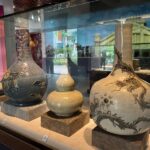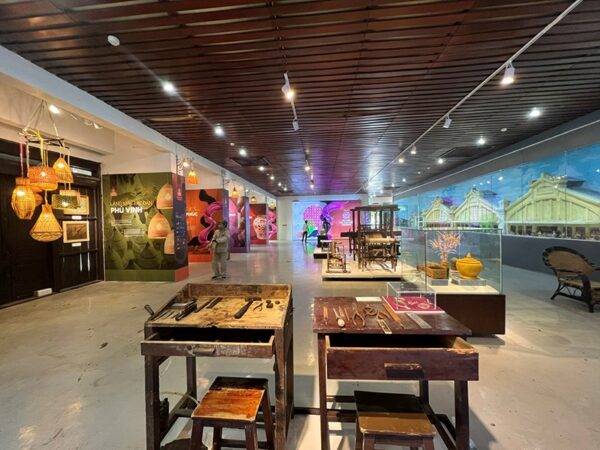
Hanoi Museum organizes thematic exhibition “Hanoi – The land of hundred professions” with the desire to help the public better understand the history of the villages as well as the history of the professions.
Hanoi craft villages were born and developed in close association with the history of Thang Long – Hanoi. In the past, Hanoi’s population was mainly original people. Craft villages appeared but were scattered. After King Ly Thai To moved the capital from Hoa Lu to Thang Long, people from all over the world flocked to the citadel and its outskirts to live and settle down. People moved to Thang Long, bringing with them the professions learned from their parents.
Hanoi craft villages are concentrated mainly on the outskirts of the city. The West Lake area gathers many villages that grow flowers, vegetables, ornamental plants, or craft bronze castings, silk weaving, and paper making villages. Ha Dong region gathers mulberry, silkworm rearing, silk nursery, and silk weaving villages. The left bank of the Red River is famous with Bat Trang, a pottery making village. At the beginning of the 20th century, a number of new occupations were formed such as tailoring, making shoes, and taking pictures, etc.
After 1954, craft cooperatives were established, and private production disappeared. Since 1986, with the renovation policy, the development of the market economy and international integration, the cooperatives gradually dissolved, the traditional craft faced many difficulties. Some dynamic villages changed their products, improved the techniques, and increased trade, so, they could exit and continue developing.
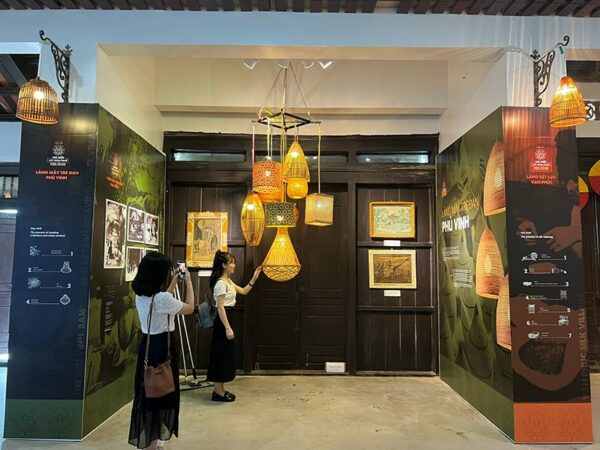
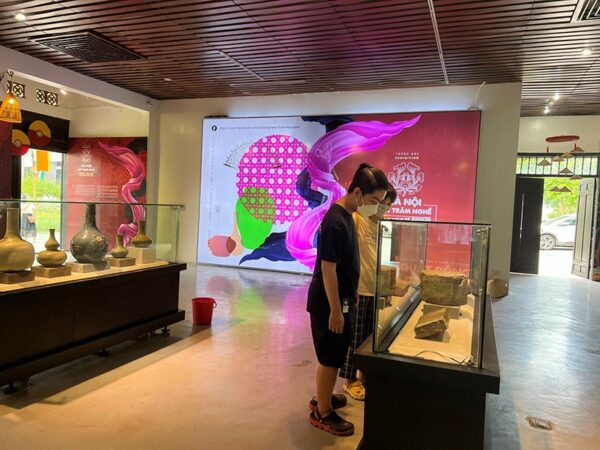
Some images at the exhibition
According to statistics in 2019, Hanoi has 1350 craft villages. In which, more than 300 villages are recognized as traditional craft villages. The craft village has a close relationship with the area of “36 streets” because the “36 streets” are the place to sell products and provide workers for the craft streets at the same time.
The exhibition of “Hanoi – the land of Hundred Professions” displays handicraft products of the traditional villages such as Bat Trang pottery village, Quat Dong embroidery village, Van Phuc silk weaving village, Phu Vinh bamboo and rattan village and Dinh Cong silver village. At the same time, performances and exchanges with craft village artists will happen.
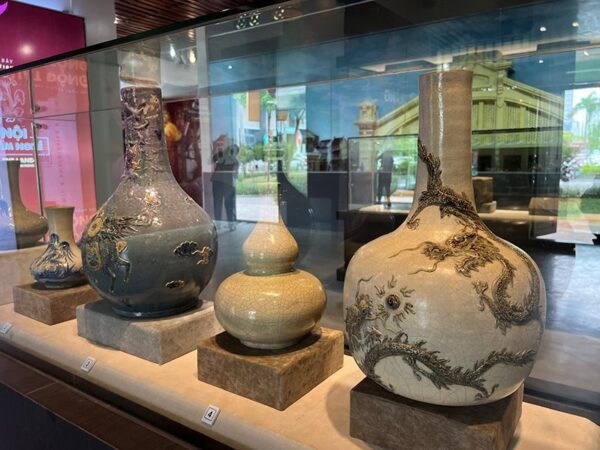
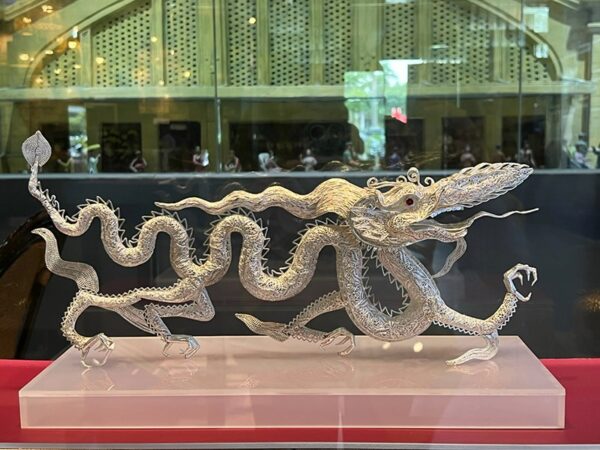
Handicraft products of Bat Trang pottery craft village , handicraft products of Dinh Cong silver traditional craft village
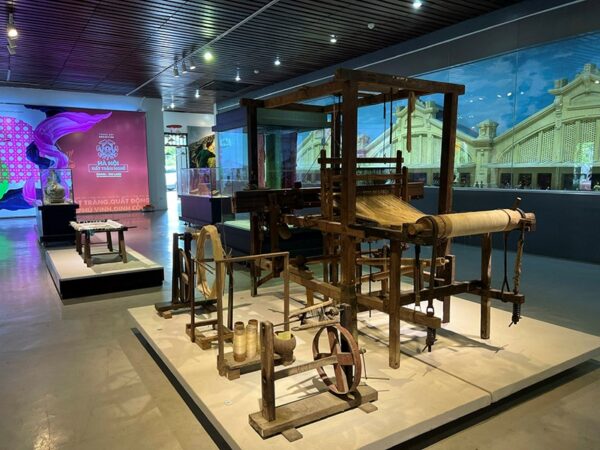
Exhibition area of Van Phuc silk weaving village
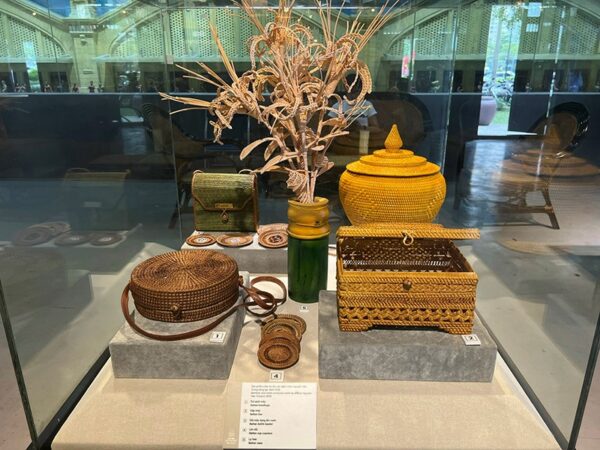
Handicraft products of Phu Vinh bamboo and rattan craft village
The exhibition aims to arouse pride in the long-standing culture of Thang Long – Hanoi; at the same time propagate and promote the preservation and protection of precious cultural heritages in the capital area. The exhibition is open to visitors from August 16, 2022, from Tuesday to Sunday every week.
Hoa An

